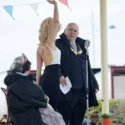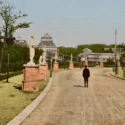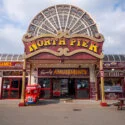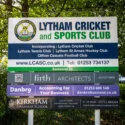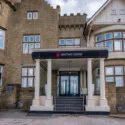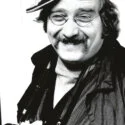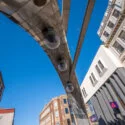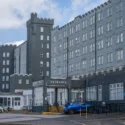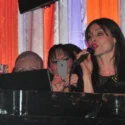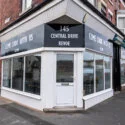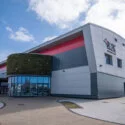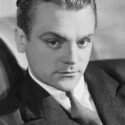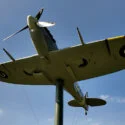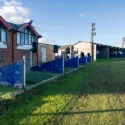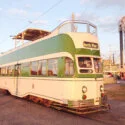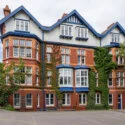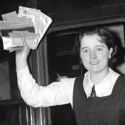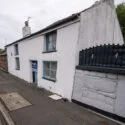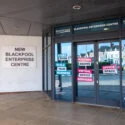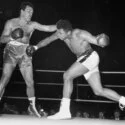Blackpool’s introduction of electric illuminations in 1879 was a groundbreaking event in both technological and cultural history. This made Blackpool the first place in the world to use electric lighting for large-scale public illuminations, setting the stage for what would become an iconic annual event that continues to draw millions of visitors every year. At the time, Blackpool was already a well-established seaside resort, attracting large numbers of tourists, particularly in the summer months. The town was known for its entertainment, but as more people visited, there was an increasing need to stand out and offer unique experiences that would keep tourists entertained, especially after dark. While other resorts and cities had used gas lamps to illuminate streets, Blackpool’s planners wanted something far more dazzling and innovative.
The idea to use electricity for public illumination was inspired by the rapid advancements in electrical technology. Thomas Edison and Joseph Swan had already made significant strides in creating electric light bulbs, and the potential of electricity was beginning to capture the public’s imagination. Blackpool’s decision to incorporate electric lighting into its resort experience marked the beginning of what we now know as the Blackpool Illuminations. In 1879, Blackpool’s first electric illuminations were powered by arc lamps, which were significantly brighter than the traditional gas lamps that had been used in cities and towns. The installation consisted of 10,000 light bulbs, which, though modest by today’s standards, was a stunning display at the time. The lights were strung along the seafront, creating a beautiful spectacle for visitors and marking a bold step into the future for the town.
The first display was a major success, as it caught the attention of the public and was widely praised for its novelty and vibrancy. The illuminations were installed primarily along the Promenade, a popular location for visitors, and were seen as a way to attract more tourists to the resort, encouraging them to stay longer and experience Blackpool after dark. The electric illuminations were powered by arc lamps, which created a brilliant, intense light by passing an electric current through two carbon electrodes, creating an arc of light. This technology was cutting-edge at the time, and it marked the beginning of a shift from gas-powered lighting to electric lighting for public displays. This move toward electric lighting showcased Blackpool’s willingness to embrace new technology and take risks to maintain its reputation as a forward-thinking destination.
Not only was this an important moment for Blackpool, but it also served as an early example of how electric light could be used in large-scale public events. The success of the 1879 illuminations demonstrated that electric lighting could be a powerful tool for transforming public spaces, creating striking visual displays, and enhancing the overall atmosphere of an area. The initial electric illuminations were so successful that they became an annual event. Over the years, the Blackpool Illuminations grew in size and complexity, incorporating new technologies and design concepts. The event evolved into a major fixture of Blackpool’s tourism calendar, with increasingly elaborate displays and a wider variety of light forms, including neon lights, fibre optics, and more recently, computer-controlled lighting systems.
Today, Blackpool’s Illuminations are one of the largest and most well-known light festivals in the world. The display stretches for 6 miles along the town’s seafront, and it continues to attract millions of visitors annually, particularly during the fall months when the lights are turned on. It is often referred to as the “Greatest Free Show on Earth.” The Blackpool Illuminations became a model for other cities and towns across the UK and around the world, inspiring similar events that use electric lights to create spectacular visual effects in public spaces. It has cemented Blackpool’s reputation not only as a historical leader in electric lighting but also as a pioneering location for creating shared cultural experiences through light.
While the technology behind the illuminations has advanced considerably, with LED lights replacing older bulbs for energy efficiency and environmental reasons, Blackpool’s illuminations still carry the same spirit of innovation and spectacle that began with that first electric display in 1879. The event is now an essential part of Blackpool’s tourism industry, helping to draw visitors during the off-season and boosting local businesses.
Background image: FAIRYLAND OF LIGHT AT BLACKPOOL – A scene from the fairyland of Blackpool where the first post-war illuminations are taking place. Three hundred thousand electric lamps, moulded into towers, clowns, figures and decorative whirls deck the resort in many scenes as brightly lit as this. Two million visitors are expected to view the 1000 flood-lights, 1000 flagpoles, 36 miles of festoon lights, and 26 miles of festoon strip which decorate the promenade. An array of a hundred men worked five months to produce the free show the estimated cost of which is £50,000. 20 September 1949.
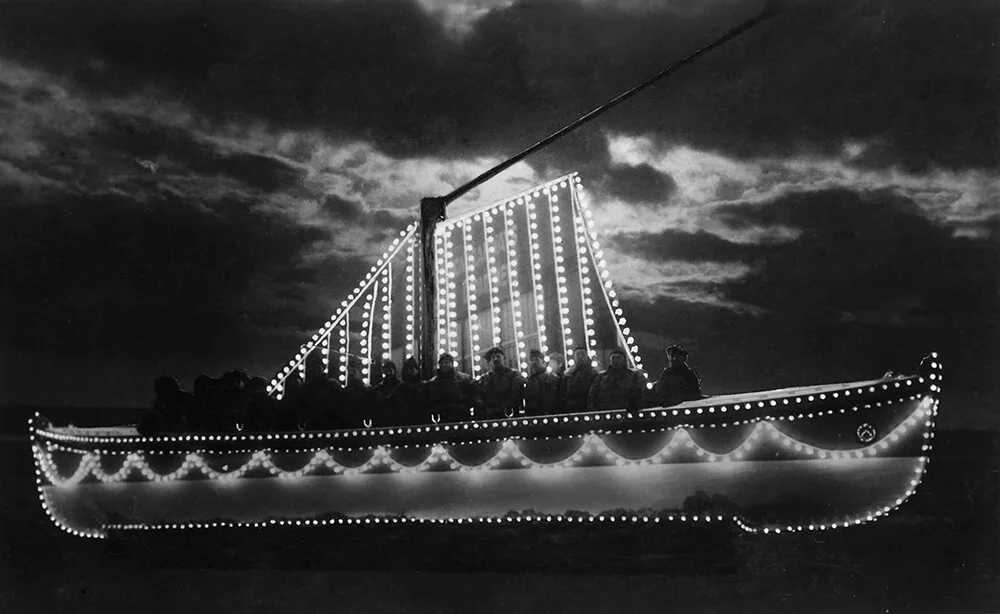
1926 postcard night moonlight view Illuminated Lifeboat Tram, with silhouettes standing lifeboatmen, Blackpool Illuminations.

